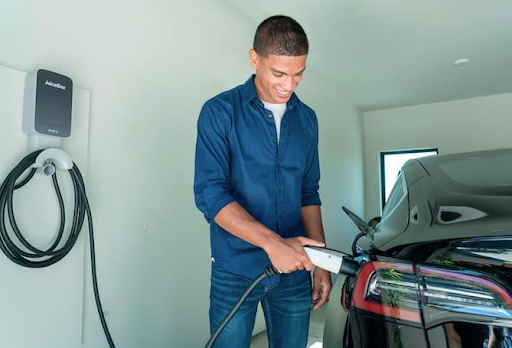Cities are changing. You can feel it in the streets, see it in the skyline, and hear it in the way we talk about the future. From climate goals to cleaner air, urban planners are rethinking how cities breathe, move, and grow. A big part of that shift involves reimagining transportation. At the heart of this vision lies a growing network of Electric Vehicle Chargers — quietly powering up tomorrow’s cleaner commute.
The Push Toward Greener Mobility
The urgency to reduce carbon emissions is no longer optional. Cities worldwide are battling rising pollution levels, and much of that comes from traditional fuel-powered vehicles. In response, governments are promoting electric mobility. Urban planners are now weaving sustainability into every design element, making way for pedestrian-first zones, greener public spaces, and energy-efficient systems.
But electric cars can’t move without places to charge — and that’s where city design starts to meet smart infrastructure.
Designing Public Spaces With Electric Vehicle Chargers
Electric Vehicle Chargers, or EV chargers, are the fueling stations of the future. These units recharge electric cars by supplying electricity through dedicated outlets, replacing gas pumps in a growing number of urban corners.
Modern cityscapes now feature Electric Vehicle Chargers not just in parking lots, but in parks, sidewalks, and transit hubs. It’s a deliberate move. Urban planners are ensuring that charging infrastructure blends into the public space, offering convenience without clutter. They’re thinking beyond utility and imagining a cleaner, more efficient rhythm to urban life — one charge at a time.
Incorporating Charging Infrastructure Into Residential Developments
Suburban and residential planning is changing fast. New apartment buildings are now required in many cities to include EV-ready parking spots. Developers are working closely with city planners to meet rising demand for in-home charging access.
It’s about future-proofing. If a city wants its citizens to switch to electric, it must make daily charging feel seamless. That means chargers at home, chargers at work, and chargers at the grocery store. Planning starts at the drawing board, long before foundations are poured.
Transit Systems Powered By Electric Vehicle Chargers
Public transit is also going electric. Buses, trams, and city fleets are transitioning to electric power, reducing noise and eliminating tailpipe emissions. This shift requires a new kind of support — a network of robust Electric Vehicle Chargers specifically designed for high-capacity vehicles.
These systems are often installed at transit depots, but newer designs are moving into city streets. Fast-charging stations that power up a bus in minutes now operate alongside major routes. The chargers themselves are becoming part of the city’s visual language — sleek, streamlined, and future-forward.
Smart Grids Supporting Citywide Charging Systems
Integrating thousands of chargers into a city isn’t just about location. It’s about power. Cities are now developing smart grids — interconnected energy systems that manage power flow efficiently and sustainably.
These smart grids can redirect energy where it’s needed most, store surplus electricity, and balance loads across time. It’s a silent partner in the EV revolution. Without it, chargers would strain the system. With it, cities can grow cleaner without overloading their core.
Conclusion
The rise of electric vehicles isn’t just a trend — it’s a transformation. And that transformation depends on infrastructure. Urban planning is no longer about just roads and buildings. It’s about foresight, balance, and clean energy. By embedding Electric Vehicle Chargers into the city’s fabric, planners are laying the groundwork for healthier, quieter, more sustainable communities.


